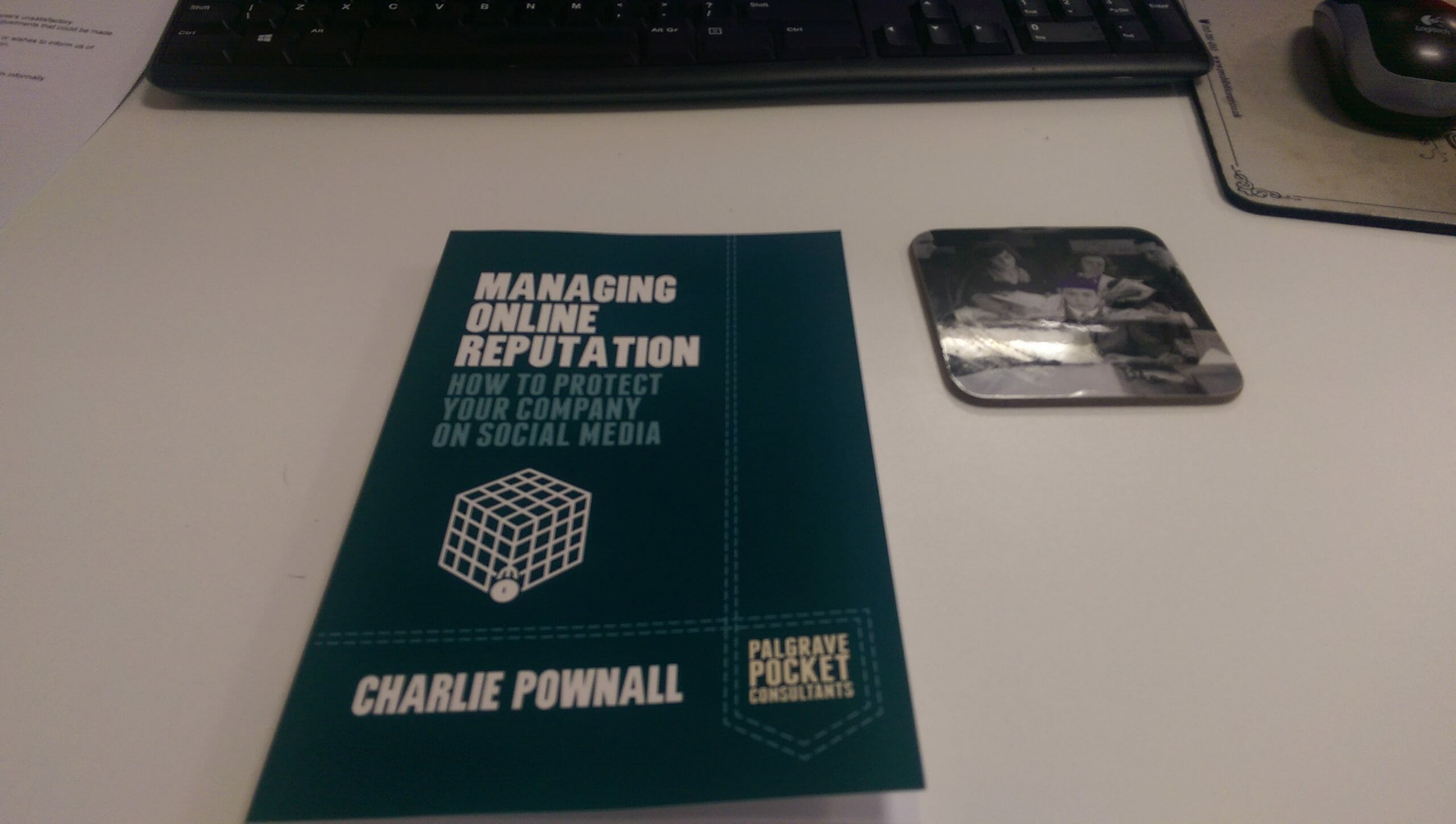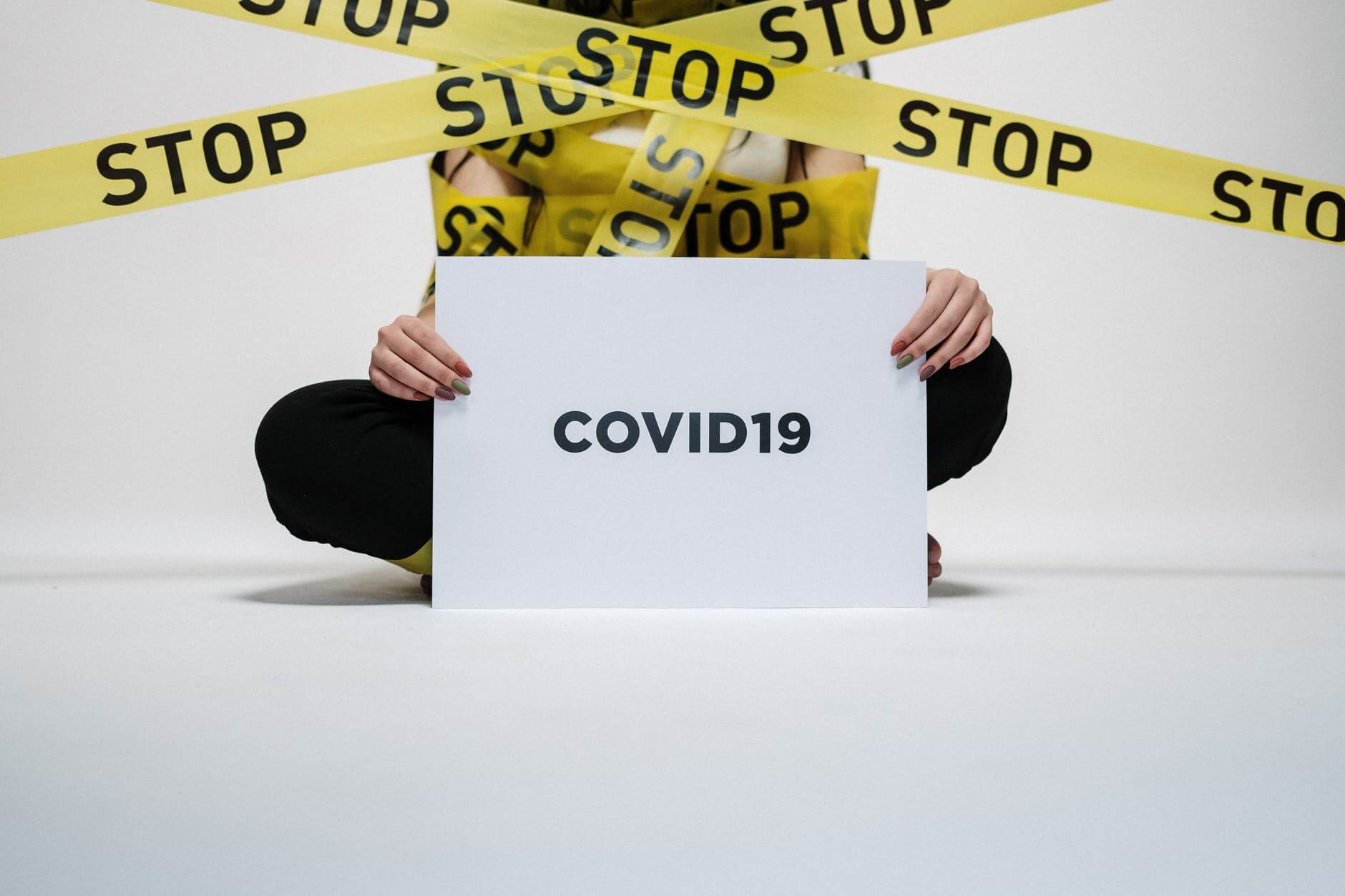
This is my review of a book called Managing Online Reputation: How to Protect Your Company on Social Media which is a book is written by Charlie Powell and produced by Palgrave Pocket Consultants. I read it over the Christmas holidays whilst watching far too many movies and drinking too much beer, it is one of the first books that has been outreached to me, that genuinely interested me, as I felt the outreach was well targeted because I love online crisis management and cover it quite a lot here on the blog. Charlie Pownall used to be the regional managing director at Burston Marstellar amongst many other roles. How is the book structured? The book is broken into 16 chapters, plus an epilogue, all of which make up three different parts. The first six chapters make up Part One which is entitled “Understanding The Threats”. This part looks at defining online reputation threats, strategic and financial threats, social environmental, behavioural and legal and finally operational and technological threats. Then it moves into Part Two, which is a tad more practical and covers “How to Manage Incidents”, within this section, it examines formulating the right response and how to do that effectively, chapter eight examines what he describes as the furious customer, something which I think many marketing and PR people will be rather familiar with in 2016. The furious customer is when a customer gets rather angry and vents his/her fury on social media, in order to get some kind of reaction. He looks at this in detail and how to deal with it from a brand perspective, providing case studies of when other brands have done it well and when others have not. Chapter nine explores the “Rogue Employee” and when an employee decides to criticise their boss on social media and again looks at some examples of how businesses dealt with it both rightly and wrongly. Chapter 10 covers the committed activist and 11 examines the hostile journalist, and I am sure many people working in public relations will know all about dealing with hostel journalists. Chapter 12 looks at The Back Firing Campaign and then Part Three and the final four chapters cover what I feel is the most useful element for practitioners which is actually handling the crisis. This section provides practical examples, I covered something similar in my section of the CIPR’s Social Media Handbook “Share This Too” a couple of years ago. My chapter was on online crisis management and that is why I hope they outreached this book to me for this one but I have to say this is one of the best books I have read recently as it fails to patronise and gives useful practical examples which is something I often find lacking in more academic texts. Some practical tips from Charlie Pownall Let’s face it, crisis management is mainly about planning and solving problems on your feet, and lots of people working in this industry today, know how to deal with a crisis properly but don’t know how to deal with a social media crisis and I think this will certainly help. Pownall discusses the importance of preparation and the requirement to do a lot of exercises and crisis scenario training. I completely agree, you can never practice too much because you never know what’s around the corner. If your team are well versed in dealing with a number of different scenarios and who to get sign off from often this can speed things up in the early stages. Pownall covers some mistakes that are just from plain bad judgment such as when one brand began tweeting about its sale and linking it to a trending topic of the Cairo Uprising but then there’s some more serious crises which really are rather worrying. Another thing that Pownall talks about is handling an error in the right manner, so when Qantas launched a marketing campaign asking about their customer service which started to get seriously out of hand with people completely criticising it and poking fun at them the brand replied with: “Some very creative tweets out there, keeping entries coming #Qantaswehearyou at this rate our Qantas luxury campaign is going to take years to judge”. I thought that was quite an amusing response and it seemed to go down much better than being defensive with a statement but you always need to be careful with humour as again that can backfire if you gauge your audience wrongly or the subject matter is something of a very serious nature. A point that is made several times in the book is that you need to be fast on social media rather than perfect, so get something out to demonstrate that you’re looking into whatever the problem is. This can be far better than not saying anything at all. Removing the vacuum created by no news and saying that you going to respond is better than nothing. He looks at the Malaysia Airlines MH17 case quite extensively and also covers the Buffer case, the social media sharing tool, which many marketers will be aware of. It had a huge cyber attack on its service and it had to withdraw all of its services, the team put a message out quickly stating: “Hi sorry, it looks like we’ve been compromised so we are temporarily pausing all posts as we investigate, will update us ASAP on over the next few days.” The company then updated all of the issues that they were resolving on its blog live but kept its customers updated with what it was doing and sharing screenshots of how to solve any problems and how to change passwords. This was a case of a crisis that was handled well by communicating throughout the crisis and Buffer actually came out of it extremely well. It’s really all about setting out your position quickly and clearly and not getting into any fights no matter how much you are provoked – this is not personal. Another element that I thought was interesting was giving the community the freedom to answer things that simply aren’t true, in other words, let them do the fighting for you. Sometimes PR people and marketers want to go straight in and answer, and right the wrongs that have been said, and that can be the wrong approach. Sometimes you’ll find that your fans/followers will do that for you, if you just give the community the chance to. Conclusion What I thought was most interesting about this book was the fact that the author covers the benefits of social media listening extensively. It was refreshing to see someone else that bangs that particular drum, because many marketers unfortunately see social media listening as an unnecessary cost and just a pretty dashboard with shiny graphs, whereas in our social media training sessions I regularly talk about the benefits of social media listening in sorting problems before they even arise. Social listening enables a brand or comms team to identify the people that matter, the ones you really really need to deal with, sometimes before they even become a problem. At Prohibition we have been hired to look after a lot of online crises, many of which have included NDAs and I can’t talk about but my first port of call, before or during a crisis, is to use some kind of social media monitoring to identify who is saying what about whom and who is influencing whom. If you can get to the real influencers then you might be able to reduce the reputational damage caused to that particular brand. Finally, it was refreshing to read about the huge importance still given to corporate blogs in the time of a crisis – this is another point I have been making over the last 7-8 years. It seems that dark sites across the internet still use blogs as their central point of content, and this acts as the hub to share their content on their other social channels. So despite all of the hype/posts a few years ago heralding the death of blogging it seems in the crisis management world we still require more space than 140 characters to get a detailed response across but I am sure you already knew that as you were reading this. Do you agree are blogs still critical to crisis management?
Chris Norton is the founder of Prohibition and an award winning communications consultant with more than twenty years’ experience. He was a lecturer at Leeds Beckett University and has had a varied PR career having worked both in-house and in a number of large consultancies. He is an Integrated PR and social media blogger and writes on a wide variety of blogs across a huge amount of topics from digital marketing, social media marketing right through to technology and crisis management.


